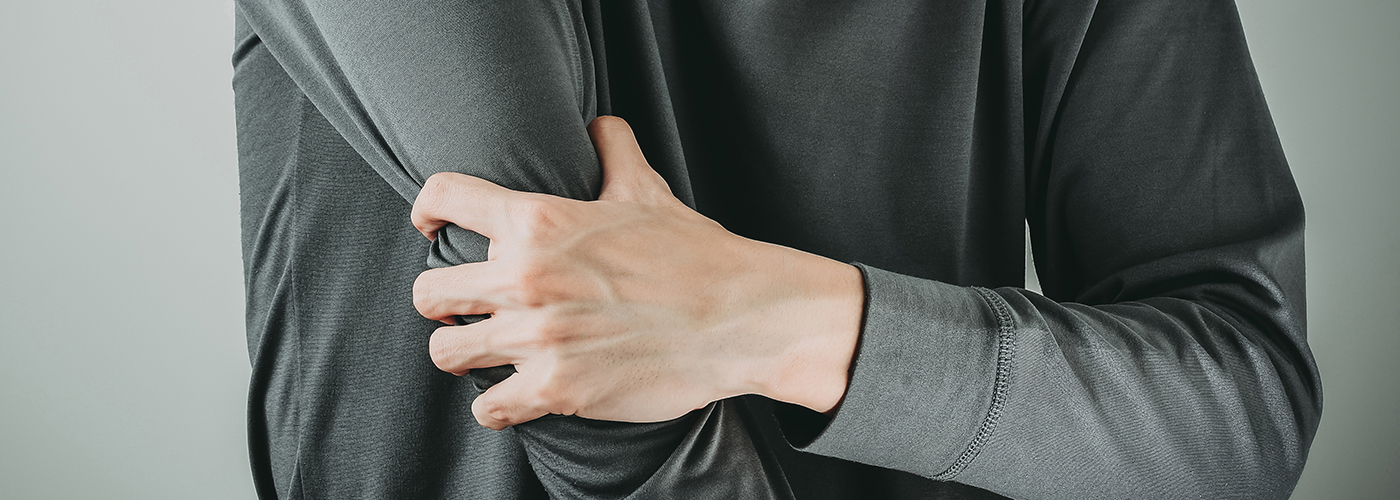 Many of our elbow orthopedic surgeons treat conditions of the elbow and perform elbow surgery. Some of the elbow conditions treated by Beaumont orthopedic surgeons include:
Many of our elbow orthopedic surgeons treat conditions of the elbow and perform elbow surgery. Some of the elbow conditions treated by Beaumont orthopedic surgeons include:
Advanced Treatment: Tenex Tenotomy
The Tenex tenotomy procedure is a non-surgical procedure used to treat chronic pain associated with tendinitis/tendinopathy and plantar fasciitis/fasciosis. The minimally invasive technique can reduce tendon pain by breaking down and removing damaged tissues with high-frequency ultrasound energy. The procedure is commonly used to treat tendinitis/tendinopathy of the elbow, hip, knee, shoulder, ankle, and plantar fascia. The procedure is performed using local anesthetic and ultrasound guidance which makes it extremely safe. The procedure is minimally invasive and allows patients to return to normal activities faster than surgery.
The procedure is performed though a small skin puncture (2-3mm) and the device is advanced to the diseased tendon or plantar fascia using ultrasound guidance. The device then removes the diseased tissue and stimulates your bodies normal healing response. The device is then removed and small bandage is applied. Patients go home shortly after the procedure and typically have a short course (3-7 days) of relative immobilization in a sling or walking boot.